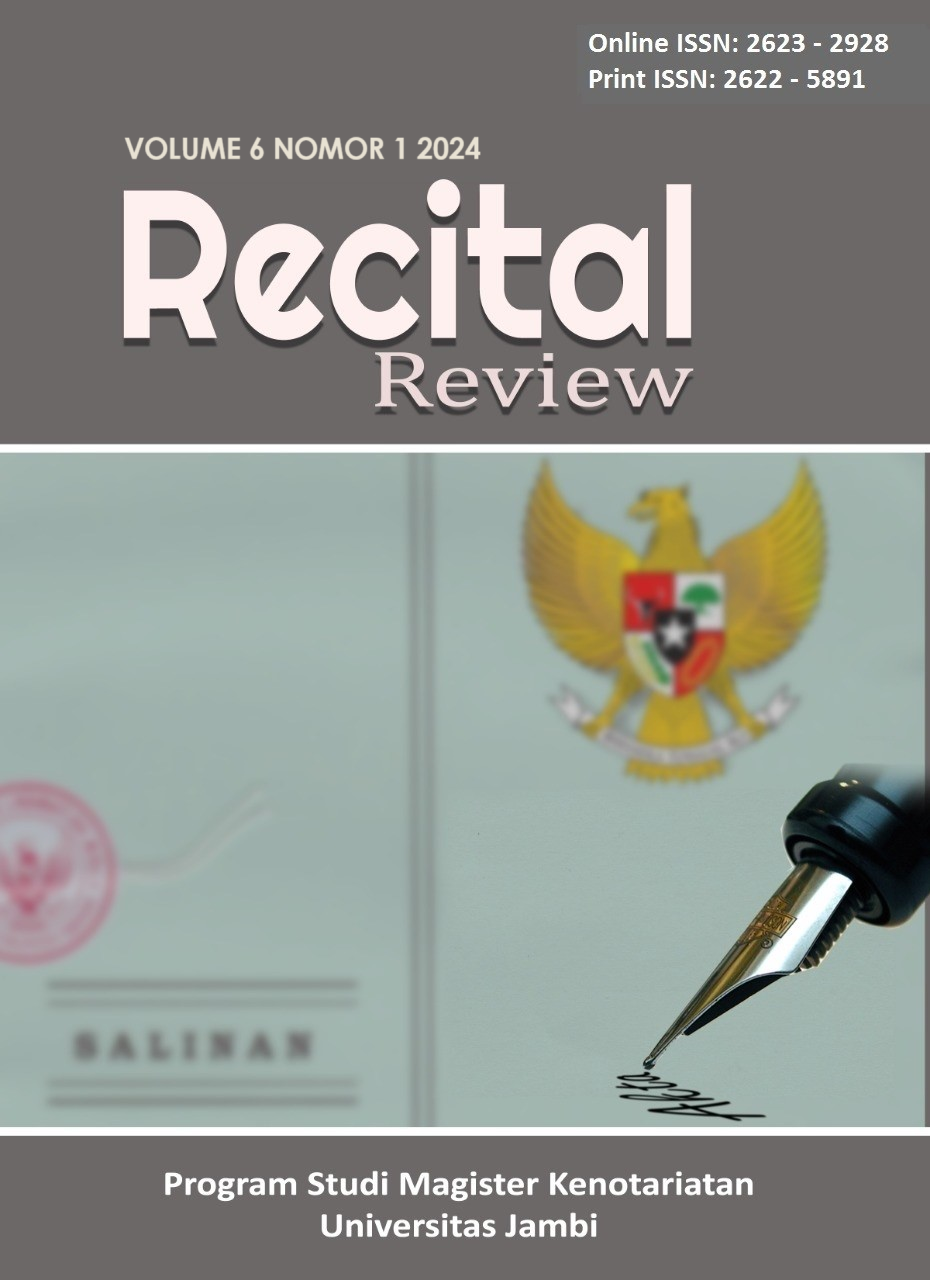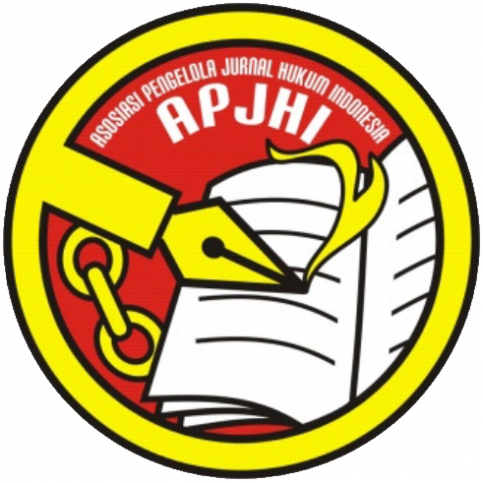Politik Hukum Undang Undang Paten: Perbandingan Indonesia dan Jepang
DOI:
https://doi.org/10.22437/rr.v6i1.31612Keywords:
Politics of Law, PatenAbstract
This article discusses the development of patent law formation in Japan as a country known to be superior in the field of technology, with a comparison of the development of patent law in Indonesia from the beginning of independence until after the reform era. By using normative methods. The results of the discussion of this paper show that firstly, intervention from various countries in various international agreements related to intellectual property was addressed by Japan with great consideration of economic aspects and in the end, Japan's patent regulations tended to follow America's common law legal tradition. Second, the formation of the Patent Law in Indonesia according to the period of its validity has experienced a shift, if initially the Patent Law was formed to encourage the improvement and development of domestic industry, in subsequent developments it was also influenced by the desire to follow international trade developments and politics by adapting the Law to TRIPs.
Downloads
References
Agus Sardjono. (2006). Hak Kekayaan Intelektual dan Pengetahuan Tradisional, P.T. Alumni. Bandung.
Bondzi Simpson, P ebow, (1992). The Law and Economic Development In The Third World. New York Praeger.
Christopher Heath. (2003). Industrial Policy And Intellectual Property In Japan And Beyond, Law Development In East And Southeast Asia. Routledge Curzon 29 West 35th Street. New York.
David W. Hill, Shinichi Murata. (2007). Patent Litigtion In Japan. Akron Intellectual Property Journal, (109),
Endang Purwaningsih. (2005). Perkembangan Hukum Intellectual Property Rights, Ghalia Indonesia, Bogor.
F.Willem Grosheide and Jan. J. Brinkhof (ED.) (2002). Articles on the Legal Protection of Cultural Expressions and Indigenous Knowledge. Antwerp. molengrafica series.
Guntram Rahn. (1983). The Role of Industrial Property in Economic Development: The Japanese Experience, Intenational review of Industrial Property, vol 14 No. 4.
Imam Syaukani dan A. Ahsin Thohari. (2007). Dasar-dasar Politik Hukum. cetakan keempat. PT. RajaGrafindo Persada. Jakarta.
Irwin M Stelzer. (1986). Patents The Right its Limits dalam Selected Antitrust Cases: Landmark Decisison, ed. 7, Homewood, Illionis
Maskus, K. E., & McDaniel, C. (1999). Impacts of the Japanese patent system on productivity growth. Japan and the World Economy, 11 (4).
Peter Mahmud Marzuki. (1993). Pengaturan Hukum terhadap Perusahaan-Perusahaan Transnasional di Indonesia (Fungsi UUP dalam Pengalihan Teknologi Perusahaan-Perusahaan Transnasional di Indonesia), Disertasi Universitas Airlangga, Surabaya.
Soerjono Soekanto. (1995). Penelitian Hukum Normatif, Suatu Tinjauan Singkat. PT. Raja Grafindo Persada. Jakarta.
Stephen P. Ladas, (1930). International Protection of Intellectual Property. Harvard Studies in International Law Volume 2 in the series.
Todung Mulya Lubis. (1999). Reformasi Hukum Ekonomi: Harmonisasi dan Internasionalisasi. dalam Seri Debat Publik Seputar Reformasi: Opini Masyarakat dari Krisis ke Reformasi, Demokratisasi dan Otonomi. Kompas. Jakarta,.
Zainul Daulay. (2005). Pengetahuan Tradisional: Konsep, Dasar Hukum, dan Praktiknya. PT. Raja Grafindo Persad. Jakarta.
M. Zulfa Aulia. 2015. Politik Hukum Pembentukan UU Paten di Indonesia: Industrialisasi, Liberalisasi, dan Harmonisasi, Jurnal Hukum Ius Quia Iustum, No. 2 VOL. 22 APRIL.
Salsabila Khairunnisa. (2018). Patent Legal Protection On Invention (Comparation Study Between Indonesia and Japan), Jurnal Hukum Novelty, Jilid 9, No. 2. Agustus.
Sutarman Yodo. (2016). Perlindungan Hak Paten (Studi Komparatif Lingkup Perlindungan Di Berbagai Negara). Fiat Justisia, Volume 10 Number 4. October-December.
Downloads
Published
How to Cite
Issue
Section
License
Copyright (c) 2024 Windarto, Ageng Triganda Sayuti, Pahlefi, Lili Naili Hidayah

This work is licensed under a Creative Commons Attribution 4.0 International License.
The Authors(s) retain copyrights of the Article published on Recital Review. However, before publishing, it is required to obtain written confirmation from Author(s) in order to ensure the originality (Author Statement of Originality). The statement is to be signed by at least one of the authors who have obtained the assent of the co-author(s) where applicable. This work licensed under a Creative Commons Attribution 4.0 International License). All writings published in this journal are personal views of the authors and do not represent the views of this journal and the author's affiliated institutions.Â






